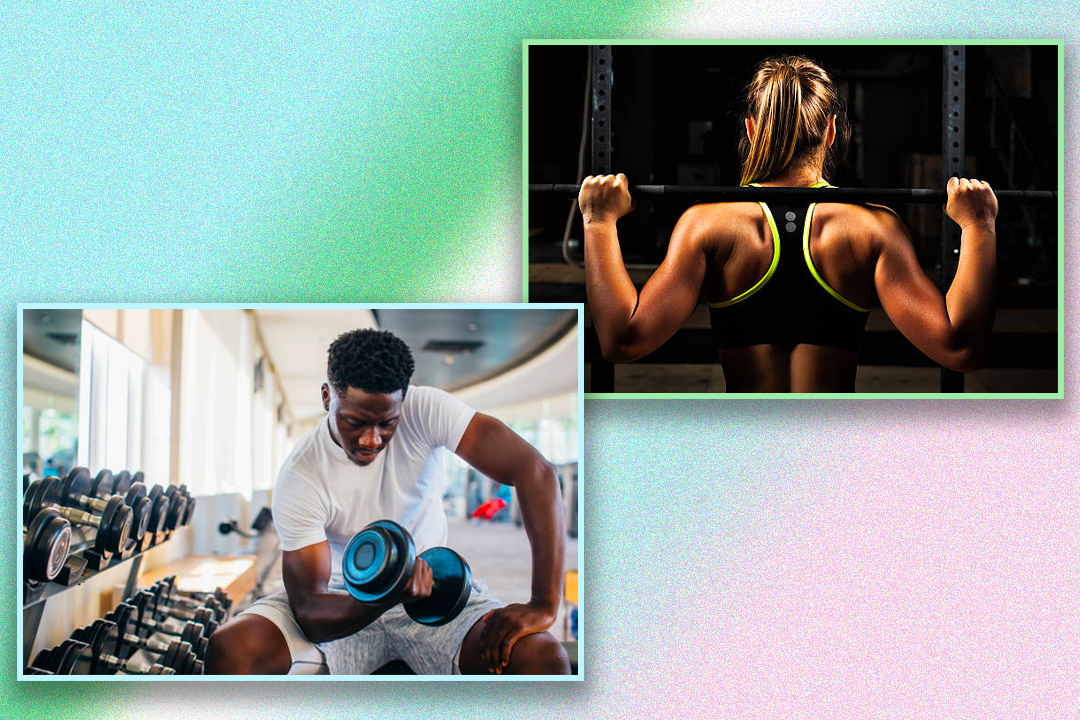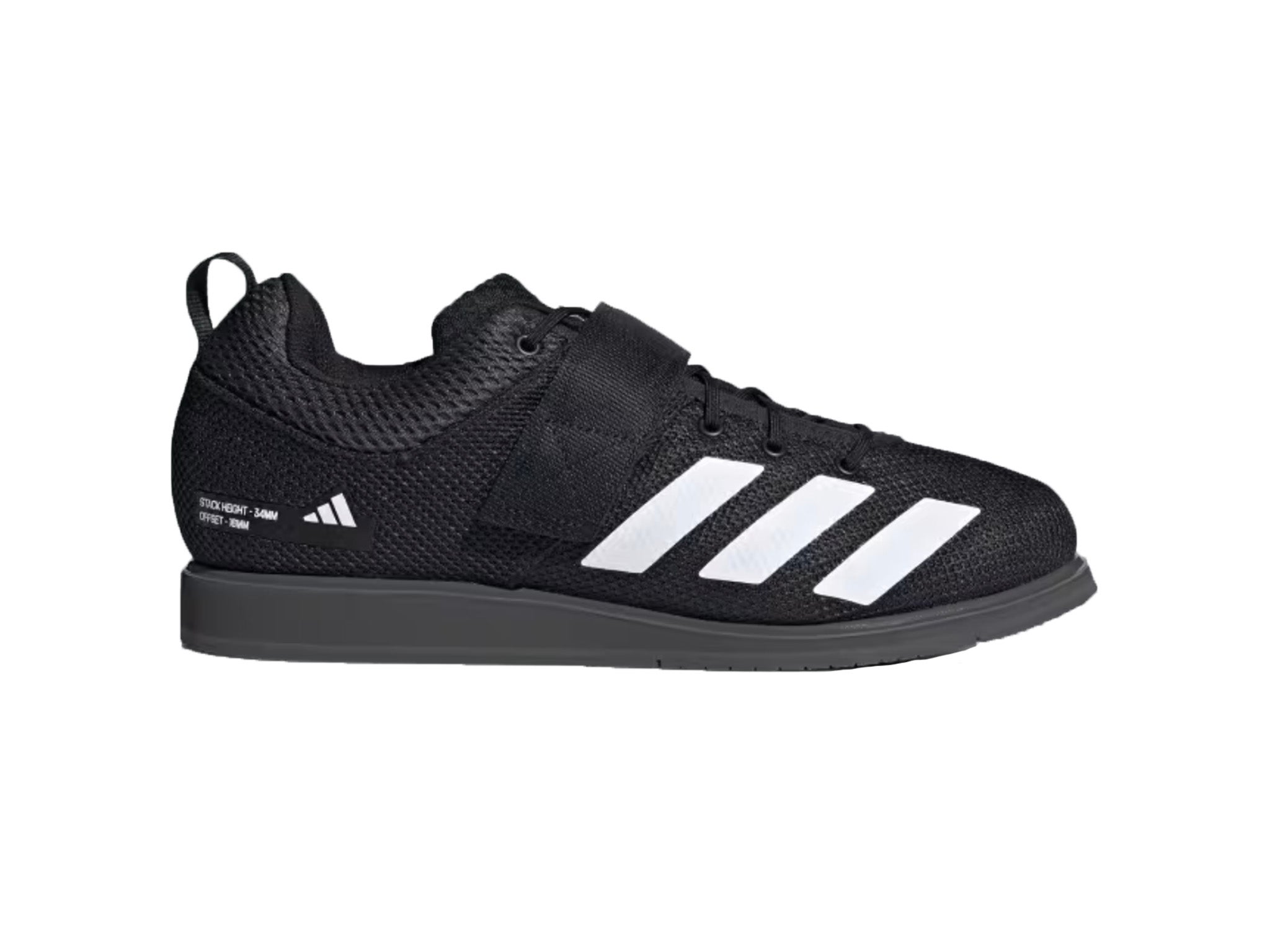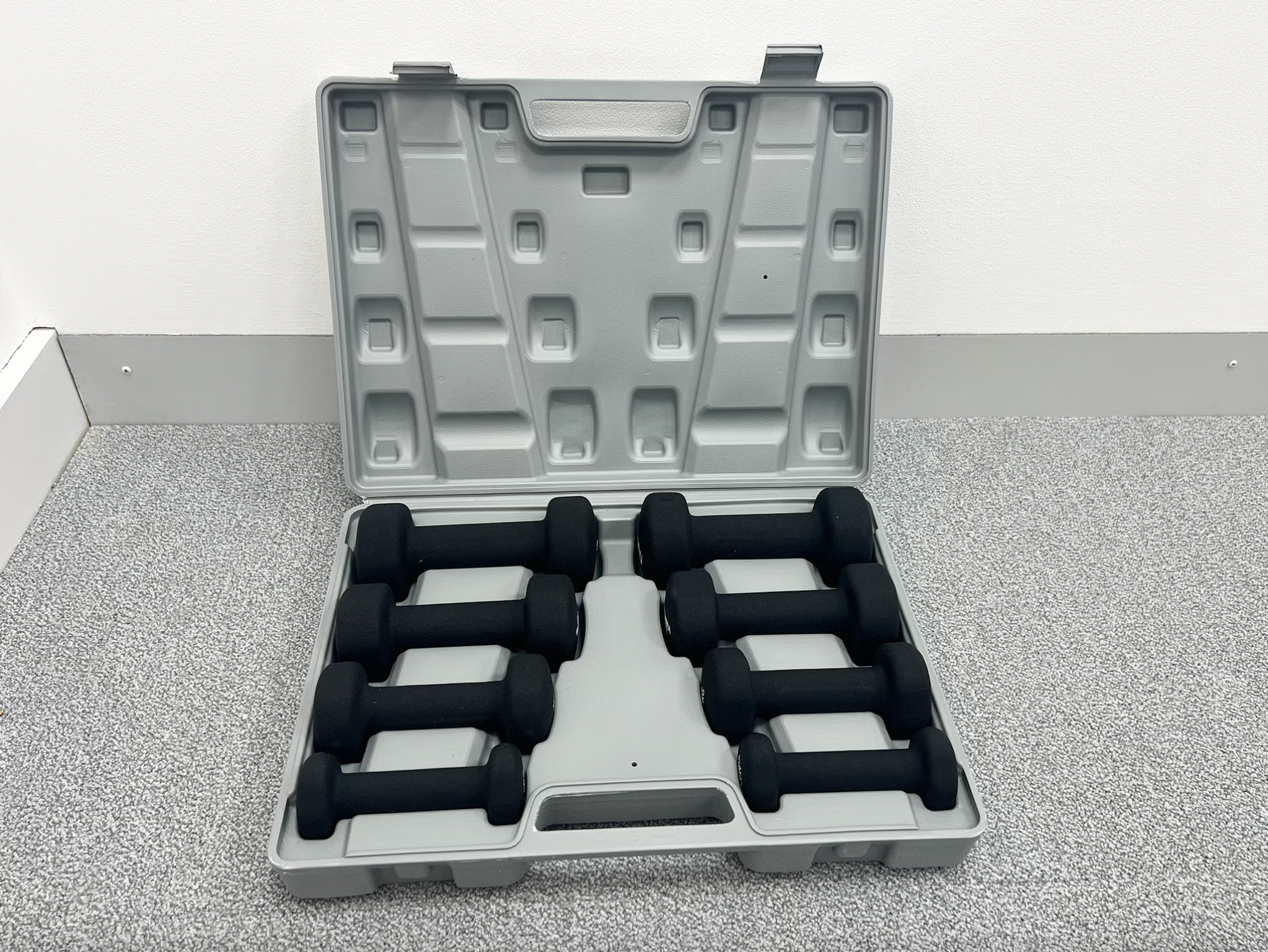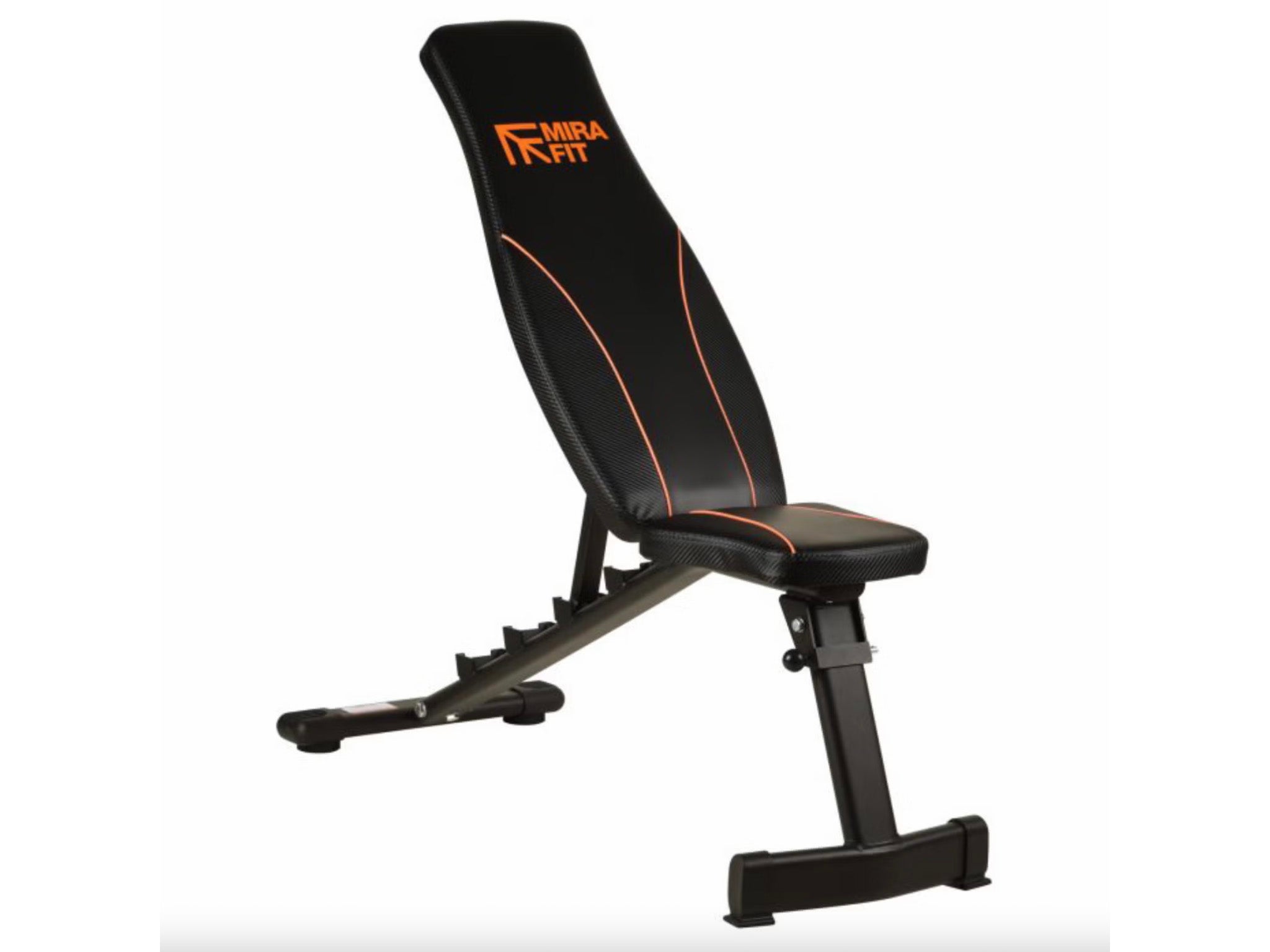The Independent's journalism is supported by our readers. When you purchase through links on our site, we may earn commission. Why trust us?
A beginners guide to weightlifting
Looking to start lifting? These are the expert-approved tips on getting started and seeing results

The weights section of any gym can be an intimidating place. Packed with benches, free weights, barbells and more, understanding how to use the equipment can feel overwhelming. To help you get started, we’ve created a beginner’s guide to weightlifting, with help from strength training experts.
While you’d be forgiven for thinking a few bicep curls here, some weighted squats there or lots of lunges are all you need to build strength, develop muscle and tone up, it’s a little more complex.
That’s why Lucie Cowan, master trainer at Third Space London, and Jack Mulcahy, a strength and conditioning coach at BXR London have given us their top tips on what exercises to do, how often you should be lifting weights and how to build healthy habits when venturing into a new type of workout, including how to avoid injuries.
If you prefer exercising in the comfort of your home rather than your local gym, our shopping experts have also got the IndyBest-approved home workout equipment that’s worth investing in.
Read more: This weightlifting belt will give you excellent lower back support
What are the benefits of weightlifting?
There’s more to weightlifting than just building muscle believes Cowan, who shared a long list of benefits it can provide. This ranges from boosting metabolism, aiding weight management and fat loss, increasing agility, endurance and stability, as well as reducing injury from sprains and strains, decreasing stress, better posture and improving self-confidence and discipline.
“Weightlifting helps increase muscle strength and size by challenging the muscles with resistance. This leads to improved functional strength, better performance in daily activities, and a more sculpted physique. Regular weightlifting can also lower the risk of chronic diseases such as heart disease, diabetes, and certain types of cancer by improving cardiovascular health, insulin sensitivity, and overall physical fitness,” she told The Independent.
Getting started
If you’re completely new to weightlifting, Cowan advises that you begin with lighter weights, master the correct form and gradually increase the weight as you become more comfortable.
“Opt for dumbbells or kettlebells initially, as they allow for a wide range of movements and are easier to control. This helps in mastering proper form and technique before progressing to heavier weights or more technical pieces of equipment that require a foundation of technique and strength – it seems obvious but lighter weights reduce the risk of injury while building strength and confidence.”
Keeping it simple is key, Mulcahy says, adding that you should “look at progressively overloading on every movement through increasing weight, control or repetitions every week to two weeks.”
How often should you be weightlifting?
While this can depend on how often you can make it to the gym or your weights at home, Mulcahy recommends weightlifting between two and four times a week - make sure your workouts are doable but not too tough.
“If it’s too ambitious and not sustainable to maintain, you will struggle to build the healthy habits that are essential for achieving sustainable long-term results in the gym. Going twice a week regularly is far better than five times a week sporadically. Consistency is key,” he says.
Taking proper rest is also integral to seeing progress and reducing the risk of injury. “As you progress and become more comfortable with weightlifting, you can gradually increase the frequency or intensity of your workouts. However, proper rest and recovery are essential for muscle growth and injury prevention, especially for beginners. Incorporating rest days and varying your workouts can help prevent burnout and keep you motivated in the long run,” says Cowan
Avoiding injury
As with any exercise, injury is a risk if not undertaken properly. With weightlifting, this can be as a result of doing too much too soon, not warming up and down, or having a poor technique.
To avoid this, Cowan recommends seeking guidance from a certified trainer or experienced lifter to learn the correct form and technique for each exercise. She also advises warming up before lifting to prepare your muscles, joints, and connective tissues for your workout. “A strong core provides a stable foundation for lifting weights and helps prevent injuries. Incorporate exercises that target the core muscles, such as planks, bridges, and twists, into your routine.”
How you spend time outside the gym is also key to your progress. “Incorporate rest days into your routine and prioritize sleep, hydration, and nutrition for optimal recovery.” Lastly, if you experience any pain or discomfort during your exercises, adjust the weights you’re lifting accordingly, as not doing so can be detrimental. “Pushing through pain can lead to injury, so it’s important to know when to rest.”
What equipment do you need?
Appropriate footwear and clothing provide support and stability, says Cowan. “Wear comfortable, moisture-wicking clothing that allows for a full range of motion. Avoid loose or baggy clothing that may interfere with movements or get caught on equipment.”
A good pair of shoes is also essential. Mulcahy explains why: “For weightlifting, your shoes should have minimal padding; this will enable you to apply large amounts of force directly into the ground, keeping you stable and safe while lifting.”
He cites flat-soled shoes such as Converse or Vans as ideal, as they allow you to apply pressure evenly through your whole foot while lifting. “I personally use the adidas powerlifting 5 weightlifting shoes (£90, Adidas.co.uk) that provide a value for money, good quality weightlifting shoe.”

If you prefer to workout at home, our fitness writer loved this Mirafit 10kg dumbbell weight set (£29.99, Amazon.co.uk) in our best home gym equipment guide, which is a great set for beginners. Inside its carry case, you’ll find two 0.5kg weights, two 1kg weights, two 2kg weights and two 2.5kg weights which can be easily stored under a bed or sofa. “Wrapped in neoprene, they’re slightly soft to the touch and are perforated, making them easier to grip for heavy sweat sessions,” they said.

While a bench isn’t essential, it can certainly make things more comfortable for lifting weights, our tester also found when using the Mirafit folding weight bench (£99.99, Amazon.co.uk).

“It’s rather soft to sit on, thanks to padded cushions, which make it quite comfortable, and the backrest adjusts in height, with four positions from flat to upright. So, for those looking to enhance their weight training, we trust this will do the trick.”
Voucher codes
For the latest discounts on sports and fitness gear, try the links below:
Want to start working out at home in 2024? Here’s our guide to the best home gym equipment
Subscribe to Independent Premium to bookmark this article
Want to bookmark your favourite articles and stories to read or reference later? Start your Independent Premium subscription today.
